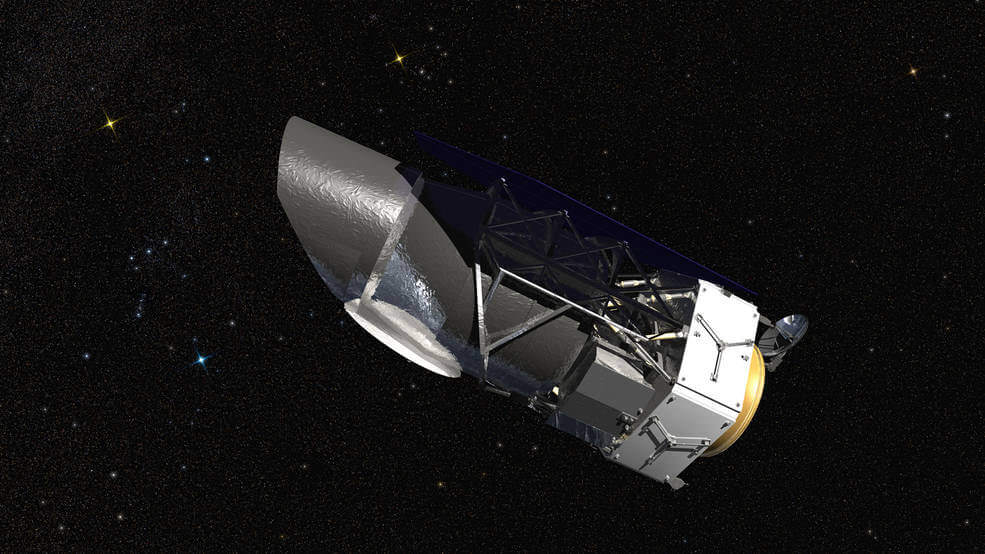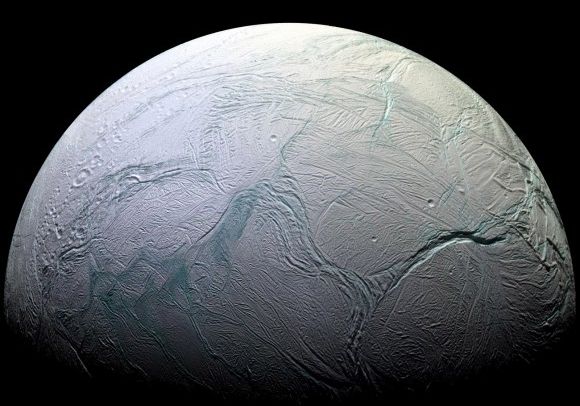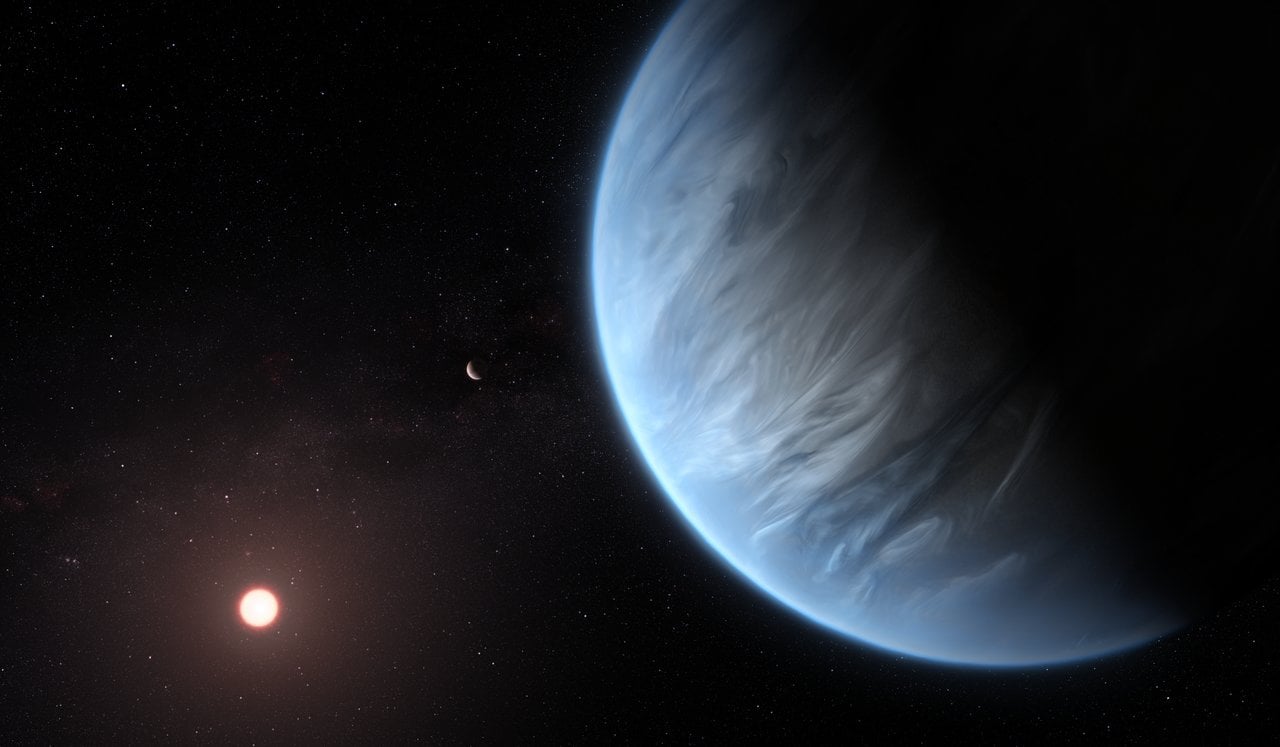
Continue reading

Continue reading

Has twilight looked at little… mauve to you as of late? The effect is subtle, but noticeable on a clear evening. Sunsets are always colorful events, as the Sun's rays shine through a thicker layer of the atmosphere at an oblique angle, scattering out at longer, redder wavelengths.
Continue reading

Coinciding with SpaceX's 17th anniversary, Elon Musk provided the latest updates on the design of the Starship and Super Heavy launch system.
Continue reading

A Russian-led team of astronomers has developed a method for estimating the mass of a supermassive black hole by looking at its powerful jets.
Continue reading

Continue reading

Continue reading

The coronagraph instrument, which will help NASA's WFIRST mission to search for exoplanets, just passed a major milestone!
Continue reading

Continue reading

Continue reading

Continue reading
Continue reading

NASA and Lockheed Martin have finalized their contract for the delivery of the 6 to 12 Orion capsules that will take astronauts back to the Moon.
Continue reading

Located in the Hercules constellation, roughly 26,700 light-years from Earth, is the globular cluster known as Messier 92.
Continue reading

Elon Musk has provided another update on the construction of the Starship prototype, which now includes steerable tail fins.
Continue reading

Continue reading

Continue reading

Continue reading

Continue reading

A new study by a team of NASA scientists indicates that Venus could have been habitable for billions of years (and still would be today) were it not for all the resurfacing!
Continue reading

Continue reading

JAXA recently released photos of their Hayabusa2 mission deploying target markers to the surface of the asteroid Ryugu.
Continue reading

Continue reading

Elon Musk just released new images that showcase the progress being made on the Starship prototypes
Continue reading

Continue reading

Continue reading

Continue reading

Continue reading
Continue reading

Continue reading

Continue reading

Continue reading

A recent study by members of i4is shows how we could intercept future interstellar visitors using existing technology.
Continue reading

Continue reading

Continue reading

Continue reading

A Youtuber has proposed a rather interesting solution to the problem of microgravity and sending people to Mars - the Gravity Link Starship!
Continue reading

Thanks to the Gemini Observatory, we now have our first glimpse at the interstellar comet, C/2019 Q4, the second interstellar object to visit our Solar System in two years!
Continue reading

Astronomers with NASA and the ESA have confirmed that an object that could be interstellar in origin (like 'Oumuamua) is passing through the Solar System, the second object to do so in just two years.
Continue reading

Continue reading

Continue reading
Continue reading

Continue reading

The ISRO has confirmed the location of their Vikram lander on the lunar surface, but is uncertain if it survived its hard landing.
Continue reading

Continue reading

Continue reading

The OpenLuna Foundation wants to create a base on the Moon using crowdsourcing and open-source technology to allow the public to take part in lunar colonization.
Continue reading

Continue reading

Continue reading

Continue reading















































